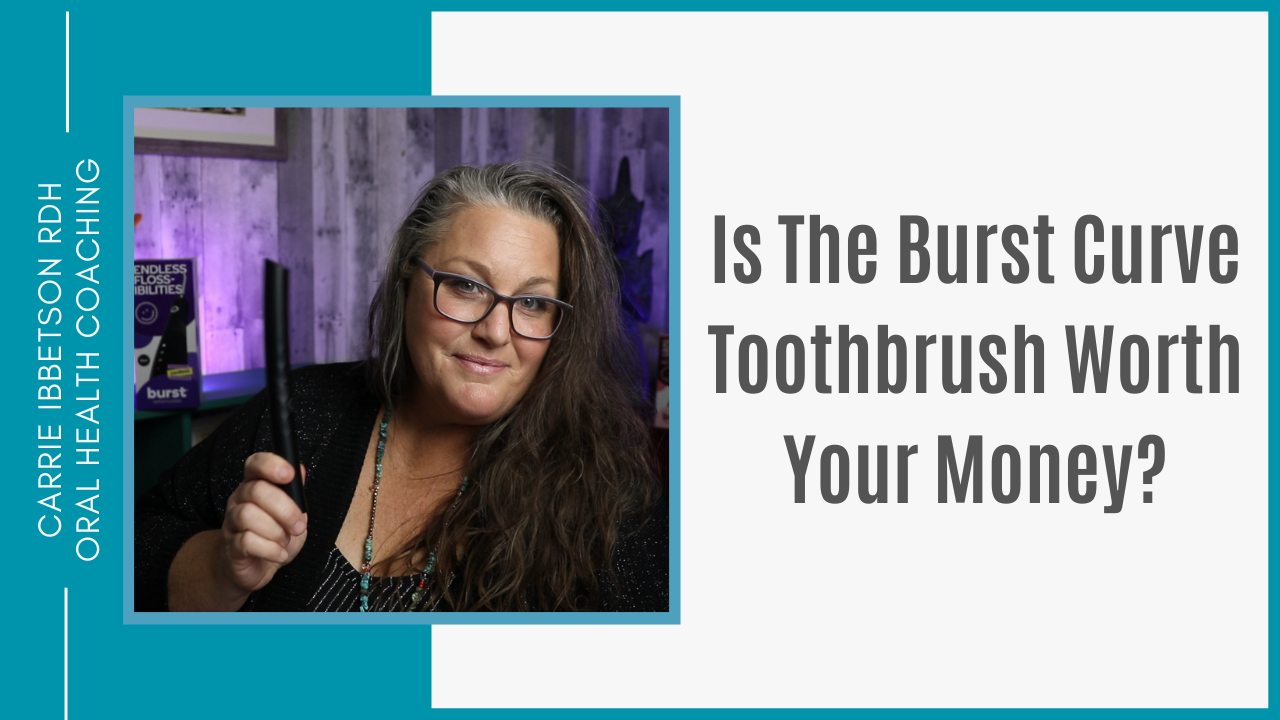How to Properly Clean and Store Your Toothbrush
Do you know the last time you bought a new toothbrush? If you can’t remember, it’s probably best to replace your current brush. Clean teeth start with a clean brush, and these are a few simple at-home tips that you can use to properly store and clean your toothbrush.
How Do I Store My Toothbrush?
Toothbrushes should be stored separately in a mason jar, plastic cup, or toothbrush stand. Brushes should be stood upright with the bristles up so that they can air dry in between uses. Do not use a toothbrush cap since this can create a moist environment that bacteria can thrive on.
Each member of your household should have a separate cup to store their brush(es) to prevent the spread of bacteria between people. A color-coded system is a helpful and fun way to get everyone, including children, to separate their brushes and maintain their cleanliness. Multiple brushes are often recommended. For example, a “regular” sized brush will effectively clean the surface of your teeth while a small, tapered brush gets into the nooks and crannies and under the gum line. Although there is no risk of your own personal brushes touching, they should not touch other people’s toothbrushes.
How Do I Keep My Toothbrush Clean?
Toothbrush cleaning solutions kill cavity-causing bacteria that transfer from the mouth onto the bristles of your toothbrush. You can use vinegar, peroxide, diluted bleach, iodine, or Listerine mouthwash to disinfect your brush. All you need is enough liquid in the bottom of a cup to fully cover the bristles, rinse them, and then leave the toothbrush out to dry overnight. The amount of time to soak your brushes will vary depending on the specific solution being used.
UV Sanitizers
You might have heard about UV sanitizers for your brushes, like the CleanWave UV-C Portable Toothbrush Sanitizer. It sounds like cutting-edge technology for your oral health routine, but we don’t recommend it. UV sanitizers kill 99% of household germs, but not necessarily the bacteria that live in our mouths. They can also be costly (along with being ineffective) so simple, cheaper methods of storage and cleaning are the better option.
BrushSpa™
BrushSpa™ is a new and exciting device that uses ionized hydrogen peroxide instead of light energy. The BrushSpa™ works with any toothbrush and is easy to use. Plus, you can pay for the cleaning device with your Health Savings Account (HSA) or Flexible Savings Account (FSA).
How Often Should I Change My Toothbrush?
If you’re using multiple toothbrushes, the timeframe will vary, and you won’t have to change them all at once. Instead, let the toothbrush bristles inform you about when they need to be changed. Once the bristles have started to fray or wear down, they cannot work as effectively so this is when you need to change your toothbrush or the bristle head on an electric toothbrush. Additionally, bacteria can still build up over time so changing your toothbrush is a great precaution to take against harmful bacteria and germs. Likewise, toothbrushes should be changed after being sick so that you do not reintroduce bacteria into the mouth.
Oral Health Coaching with Carrie Ibbetson
Carrie is a dental hygienist dedicated to helping families learn more about their oral health and how they can best prevent oral diseases. For more oral health tips and tricks, sign up today for Carrie Ibbetson’s course and join our Facebook Community to get involved with other people looking to improve their oral health.



